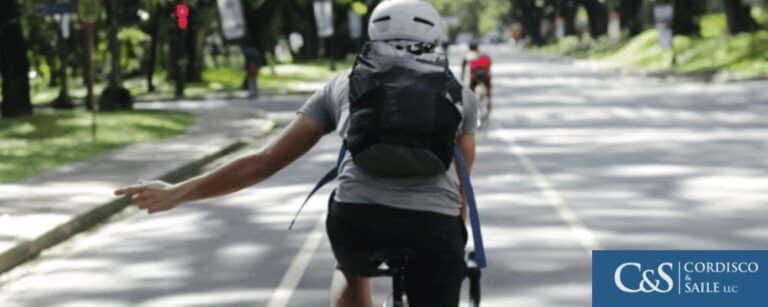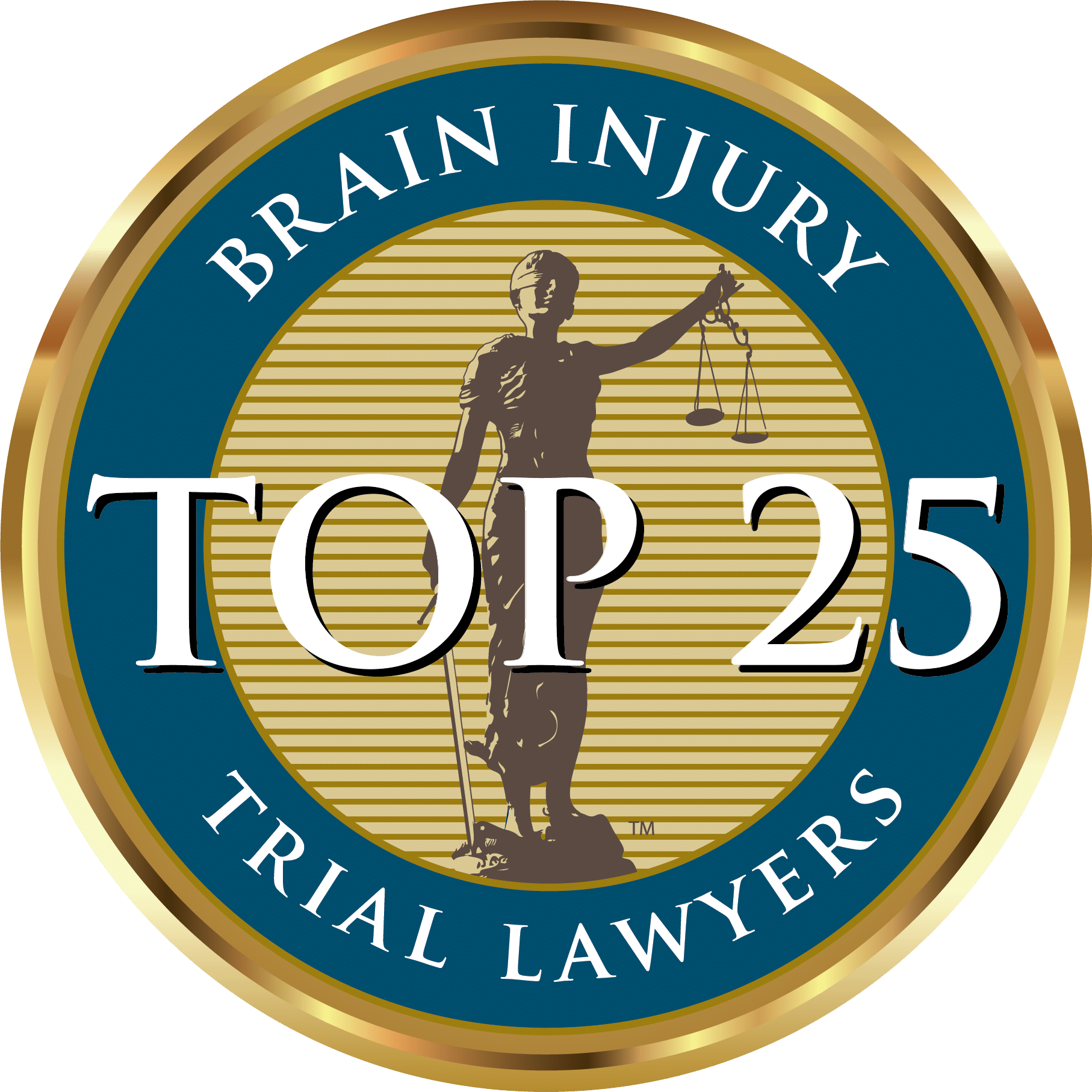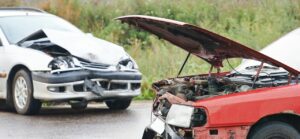Bicycle Hand Signals You Need to Know

If you’ve ever seen a bicyclist use hand motions while on the road, she or he was signaling other drivers to let them know what action she or he would be taking next. Hand signals for bicyclists are similar to turn signals and brake lights for motorists.
The different arm and/or hand motions indicate when the cyclist will be taking a right or left turn, stopping or slowing down. There is also a set of hand motions that cyclists use with each other when riding in groups.
Understanding cyclists’ hand motions helps motorists avoid potential collisions with them. In addition, if you are considering riding a bicycle with traffic on public roads, you need to know these biking hand signals to keep safe.
List of Basic Biking Hand Signals
The following biking hand signals are basic traffic signals for cyclists. They let drivers and others on the road know what action the cyclist will take next.
- Left turn – To signal a left turn, the cyclist will extend his left arm parallel to the ground, with all fingers extended, or one finger pointing to the left.
- Right turn – The right turn can be signaled in one of two ways. The first way is identical to the left hand turn signal, except it is performed with the right arm and hand, which can either use one finger to point right or extend all fingers. The second way is to use the left arm, which is bent at a 90-degree angle at the elbow with the hand pointing up toward the sky, fingers extended with palm facing forward.
- Slowing down or stopping – To signal an upcoming stop or slow-down, the cyclist will use either the left or right arm, which is extended outward and bent at the elbow in a 90-degree angle, hand pointing down toward the ground, fingers extended.
Group Biking Hand Signals
There are additional hand signals used by cyclists to communicate with other cyclists when they ride together or in a group. These biking hand signals are used to warn others about road hazards or other information.
- To signal gravel or debris in the roadway – The cyclist will use the right arm, outstretched in a straight, 45-degree angle, pointing toward the ground with fingers spread apart and pointing downward.
- To signal a road hazard – To warn other cyclists about an upcoming pothole or similar hazard, a cyclist will use either arm to point with one finger at the hazard.
- To signal a hazard on the shoulder of the road – A cyclist will outstretch his arm, held straight and parallel to the road with the palm facing the side, or shoulder of the road, and fingers pointed toward the sky. The cyclist then puts the right arm behind the back, with elbow bent and hand resting on the small of the back, palm facing outward away from the body.
- To advise other riders to move over and pay attention – The cyclist will put the palm of his hand on his buttock.
- To say take over the lead – The cyclist will extend his elbow away from the bike with his hand on the handlebar.
Get Help if You’re in a Bicycle Accident
Bicyclists share the road with larger, faster and heavier vehicles. Even when a cyclist is using every safety practice known to the sport of cycling, accidents can happen. If you’ve been injured in a bicycle accident, you may be suffering from injuries, lost wages and repair or replacement bills for an expensive bike.
You may be entitled to compensation from the responsible party. Call Cordisco & Saile LLC today at 215-440-6272 to set up a free consultation to discuss your case with an attorney.







